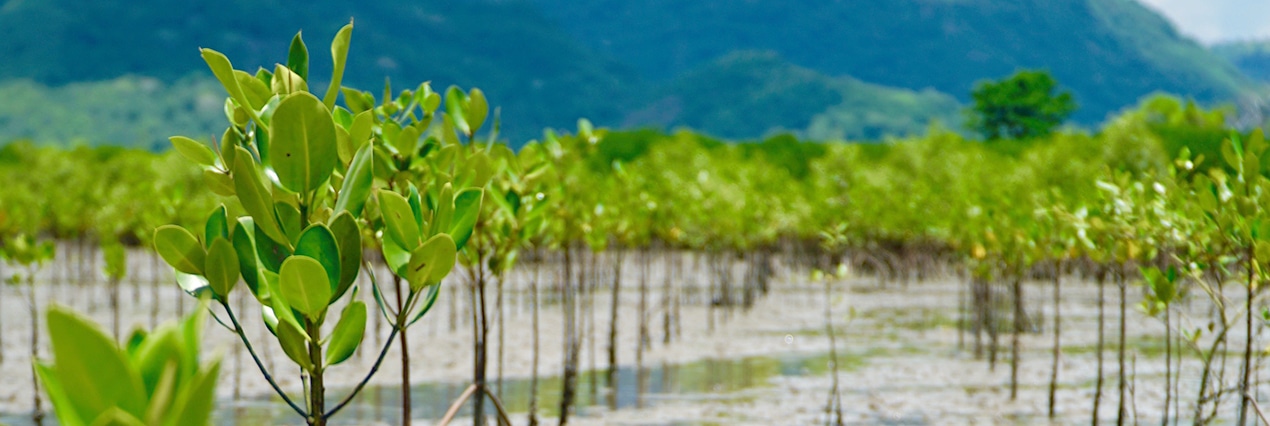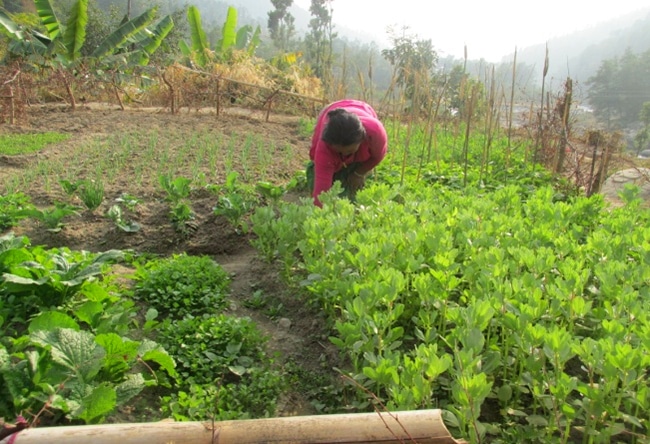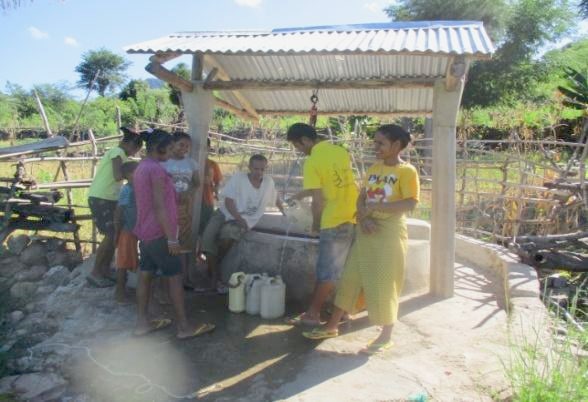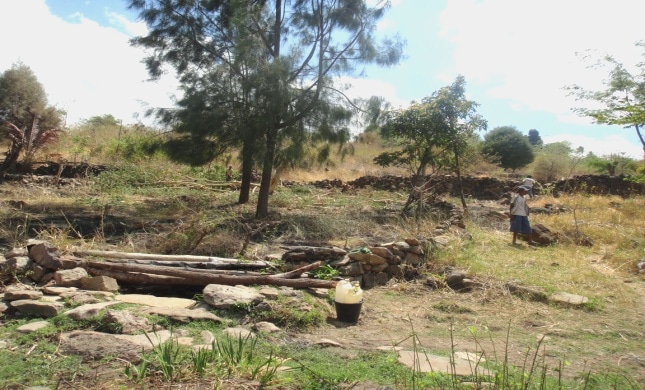
Why the Momentum for Mangroves?
March 21, 2017
Gufadanda Gaukhet, Sindhupalchok, Nepal
June 2, 2017The Community of Fatunababo in Timor-Leste: Success in protecting and conserving their water source

On the small island nation of East Timor or Timor Leste, Aldea Fatunababu is a small village in Suco Usitaco with 58 households. The main livelihood in this area is dry land agriculture. Fatunababu’s geography is mountainous, with a lot of waste and rocky land which is prone to landslides. During the dry season, the community within this area always experience a shortfall of clean water and this is the main reason why World Neighbors wanted to work in the area.
The following comes from one of the community members of Aldea Fatunababu, who talks about the success of the protection and conservation activities around their water source.
“My name is Benediktus Quefi, and I am a chief of the Farmer Forum of Fatunababu. The availability of clean water in Bairo Fatunababu is limited – there is only one water source called Oel-Naleluf is available in this area. It is fully open with surrounding barren land, therefore during the dry season the depth decreases drastically. During the rainy season, the water is polluted from the runoff that brings debris, mud, and of course human and livestock manure. When this happens, the community has to wait for hours to get clear water after the sedimentation of the debris/mud, or walk for three kilometers to get clean water from other water sources. This water source is actually also utilized by people from the neighboring Aldeas of Nitibe and Oamna, as their farmland is close to the water source.

On August 14 2015, I was invited by The Association of Health Care Auditors and Educators (AHCAE) staff for a socialization meeting to discuss the protection and conservation of our water source. I was initially hesitant, as I had no understanding of how to properly manage the water source. From my own observation, the depth of this water source continued to decrease every year and was worse during the dry season. Though I had my own doubts, I attended the socialization meeting where all the community of Bairo Fatunababu, Suco and Aldea level government were also invited. From the program, I was given the understanding of the importance of protecting and conserving the water source. This also gave us – the community of Fatunababo, hope to own a water source that is always clean and reliable for the whole year.
Our community of Fatunababu, with facilitation from AHCAE, did the following protection and conservation activities at Oel-Naleluf: fencing one hectare around the water source to become a conservation area; terracing practice with 13 rows so far; infiltration ponds and planting over 2,500 trees in the protection area. Tree varieties include: mahogany, Nitas, Uanini, pine, Nismetan and Trembesi.
The obvious changes I observed as the impact of the program to our water source is that the water is now always clean and clear as it has been lined with an upper wall to protect from the runoff flowing in. I now can see the trees we planted starting to grow without intrusion from livestock.
With the support from AHCAE and WN, we now have a community asset which we will maintain for the sake of our future generation’s lives.”

